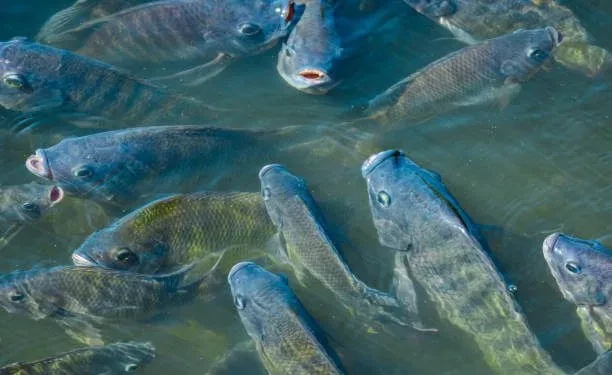
FISH farming is growing in Zimbabwe, with many new farmers embracing it. However, there has been a few success stories.
Animal scientist, Greater Toriro opines that many farmers have fallen victim to "half-truths", as they tried to embark on fish farming.
As a result, many projects have either shut down or failed to take off.
Temperature
According to Toriro, the biggest hurdle many farmers face is finding professional and reliable fish pond constructors, who advise on whether the site is conducive for fish farming, prepare the site and design structures, whose temperatures are heathy for fish rearing and production.
But for the love of making a quick buck, the constructors are not being honest to the farmers. Fish survive and do well in high temperature areas like Kariba.
Most commercial species do not usually reproduce at temperatures below 20 degrees Celsius (°C), or grow at temperatures below 10 to 15°C. But they survive in much lower winter temperatures.
Some fish actually die at temperatures of 10 to 20°C. In Zimbabwe, there are areas like Gweru where the average temperature of the coldest month — July is of 13,1 °C.
- Growing plants on buildings can reduce heat and produce healthy food in African cities
- Investing in fish farming
- How to start a fish farming business
- Developing a winning fisheries project
Keep Reading
In November, the warmest month temperatures in Gweru average 21,5 °C.
Unfortunately, many people try fish farming in Gweru. As most fish are ectotherms, their physiology is strongly affected by temperature. Temperature affects their metabolic rate and thus their energy balance and behaviour, including locomotor and feeding behaviour.
The most effective temperature for rearing commercial juveniles and fries ranges from 27 to 32°C. At the same time, farmers need to worry about too high temperatures of over 32°C, as they result in slow growth, reduce feeding efficiency and increase mortality.
Breeds
The other reason why farmers are failing to get the best result in aquaculture projects is that they buy breeds that do not reproduce at a fast rate. For example, in Zimbabwe, the tilapia fish breed is commercial.
If it is taken good care of, it can give the best results. Brooders are stocked into ponds and allowed to spawn naturally.
The brood fish are stocked at the rate of 100 to 200 kg per hectare, at a sex ratio of 1:3 or 1:4 (males to females).
A female brood fish of 90 to 300g produces as much as 500 eggs per spawning.
Tilapia fish is not demanding. In fact, they only have five basic needs: clean water, oxygen, food, light and room to swim.
Under these conditions, they stay healthy and grow fast.
Farmers must understand each of these needs and then find a way to provide for them sufficiently.
The optimum stocking rates per cubic metre range from 600 to 800 fish to produce fish averaging half of a pound, 300 to 400 to produce fish averaging one pound and 200 to 250 to produce fish averaging one and half pounds.
Unfortunately, some farmers choose breeds that do not reproduce as much as tilapia and still expect the same result.
Feed
There is a general misconception that fish can be fed with anything including poultry manure. While it is not wrong to feed fish with cow dung, pig or chicken manure, it does not mean that farmers should then stop feeding their fish with normal fishmeal.
Fish prefer smaller pellets and dislike hard pellets. As a rule of thumb, small fish should be provided with small feed particles, while large fish should be provided with large feed particles. So, imagine dropping a boulder of pig manure on the fish.
They may end up not eating, and they lose weight and the growth transition is slow.Poultry feed pellets can also be used for fish.
In conclusion, it is very important to do a proper scientific research of aquaculture before venturing into it, otherwise farmers lose their investments.
Gwabanayi is a practising journalist and a farmer in his own right. — 0772 865 703 or gwabanayi@gmail.com






